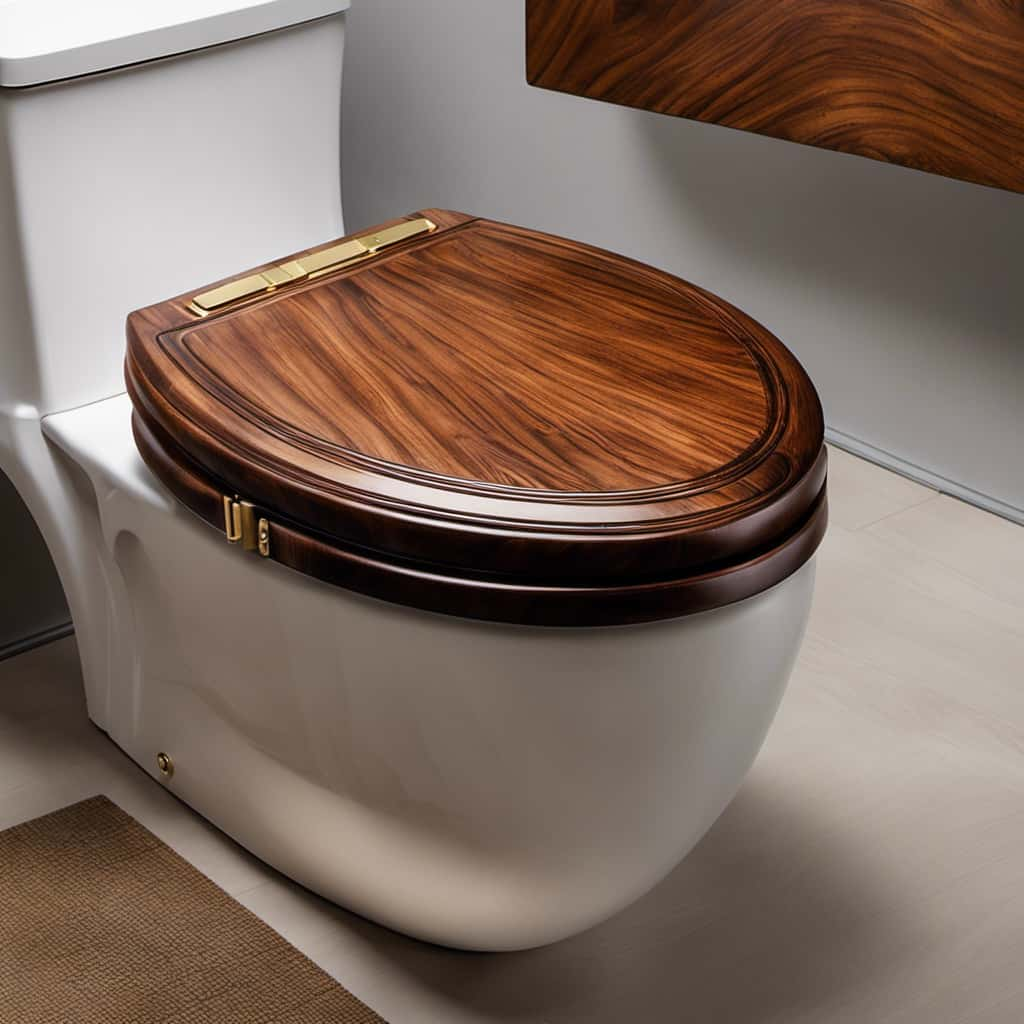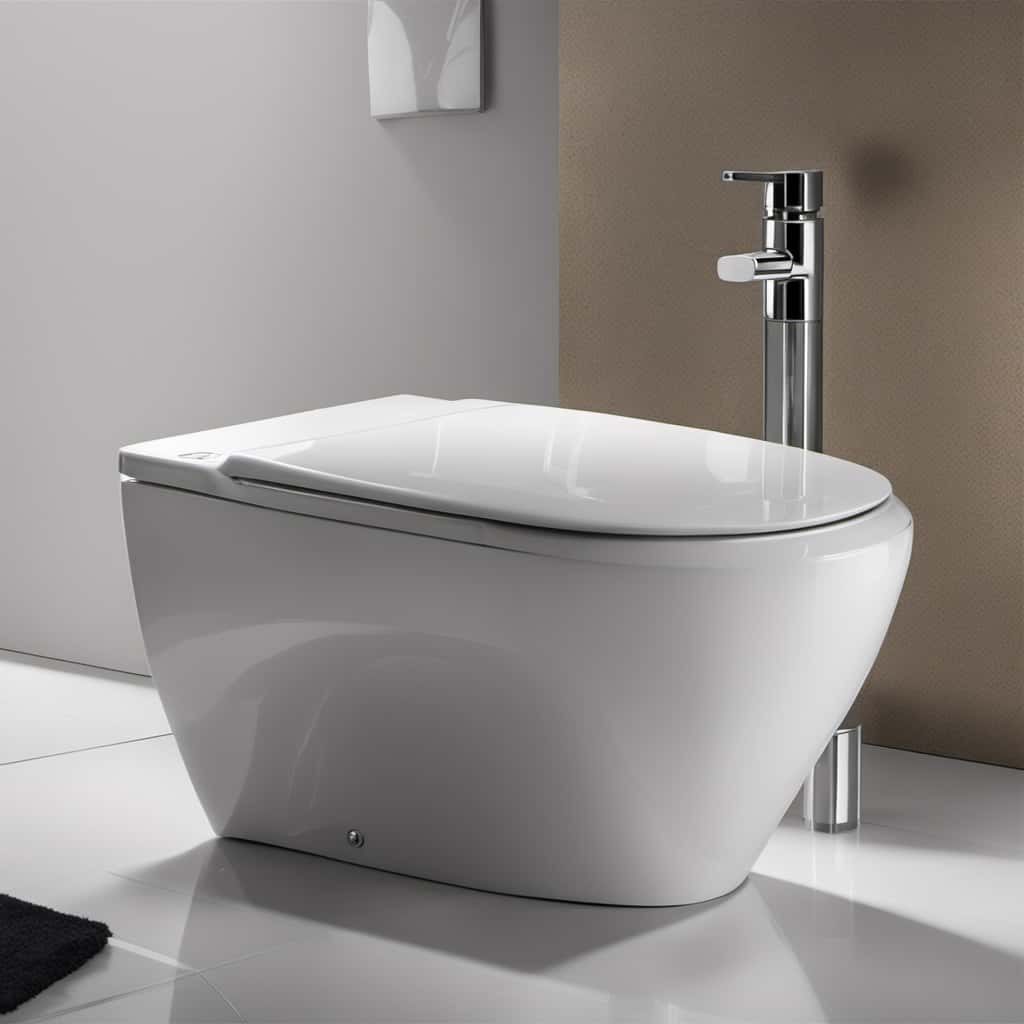We’ve all experienced the frustration of a toilet losing water in the tank.
Did you know that a staggering 70% of these cases are caused by a faulty flapper valve?
This essential component, when worn out or misaligned, allows water to continuously leak from the tank into the bowl.
In this article, we’ll explore the main culprits behind this issue, including leaking fill valves, cracked toilet tanks, loose flush handles, and water level adjustment problems.

Get ready to master the art of troubleshooting your toilet!
Key Takeaways
- Flapper valve issues, such as wear or damage, can cause water loss in the toilet tank.
- Fill valve leakage, due to faulty seals or worn-out components, can result in water loss in the tank.
- Cracked toilet tanks can lead to water loss and may require temporary fixes or tank replacement.
- Loose or damaged flush handles can cause continuous water flow or incomplete flushes, resulting in water loss.
Faulty Flapper Valve
One common cause of a toilet losing water in the tank is a faulty flapper valve. The flapper valve is responsible for sealing the tank and preventing water from continuously flowing into the bowl.
Over time, the flapper valve may become worn or damaged, resulting in leaks and water loss. Regular flapper valve maintenance is crucial to ensure proper functioning of the toilet. This includes checking for any signs of deterioration, such as cracks or warping, and cleaning the valve to remove any debris or mineral buildup.
If maintenance efforts fail or the flapper valve is beyond repair, it may be necessary to replace it. Flapper valve replacement involves removing the old valve and installing a new one, ensuring a tight seal and restoring the toilet’s water efficiency.

Leaking Fill Valve
Toilet water loss in the tank can also be attributed to a leaking fill valve. A leaking fill valve can lead to water wastage and increase the frequency of toilet maintenance. Here are four important points to consider regarding a leaking fill valve:
- Causes: A leaking fill valve can occur due to a faulty valve seal, worn-out components, or improper installation.
- Symptoms: Signs of a leaking fill valve include a constant sound of running water, water pooling around the base of the toilet, or a continuously fluctuating water level in the tank.
- Effects: The leaking fill valve can result in water wastage, which can increase water bills and have a negative impact on the environment.
- Solutions: Repairing or replacing the fill valve can resolve the issue. It’s essential to consult a professional plumber or follow the manufacturer’s instructions for proper replacement.
Regular toilet maintenance can help identify and address a leaking fill valve promptly, reducing water wastage and ensuring efficient operation.
Cracked Toilet Tank
Continuing from the previous subtopic, another potential cause for water loss in the toilet tank is a cracked tank. When a toilet tank develops cracks, water can easily escape, leading to a decrease in water levels. These cracks can occur due to various reasons such as age, impact damage, or manufacturing defects. It’s essential to address toilet tank cracks promptly to prevent further damage and water loss.
Repairing a cracked toilet tank depends on the severity of the crack. In some cases, applying epoxy or sealant to the crack can temporarily fix the issue. However, if the crack is extensive or the tank is severely damaged, it may be necessary to replace the entire tank. When considering tank repair options, it’s advisable to consult a professional plumber to ensure the best course of action.
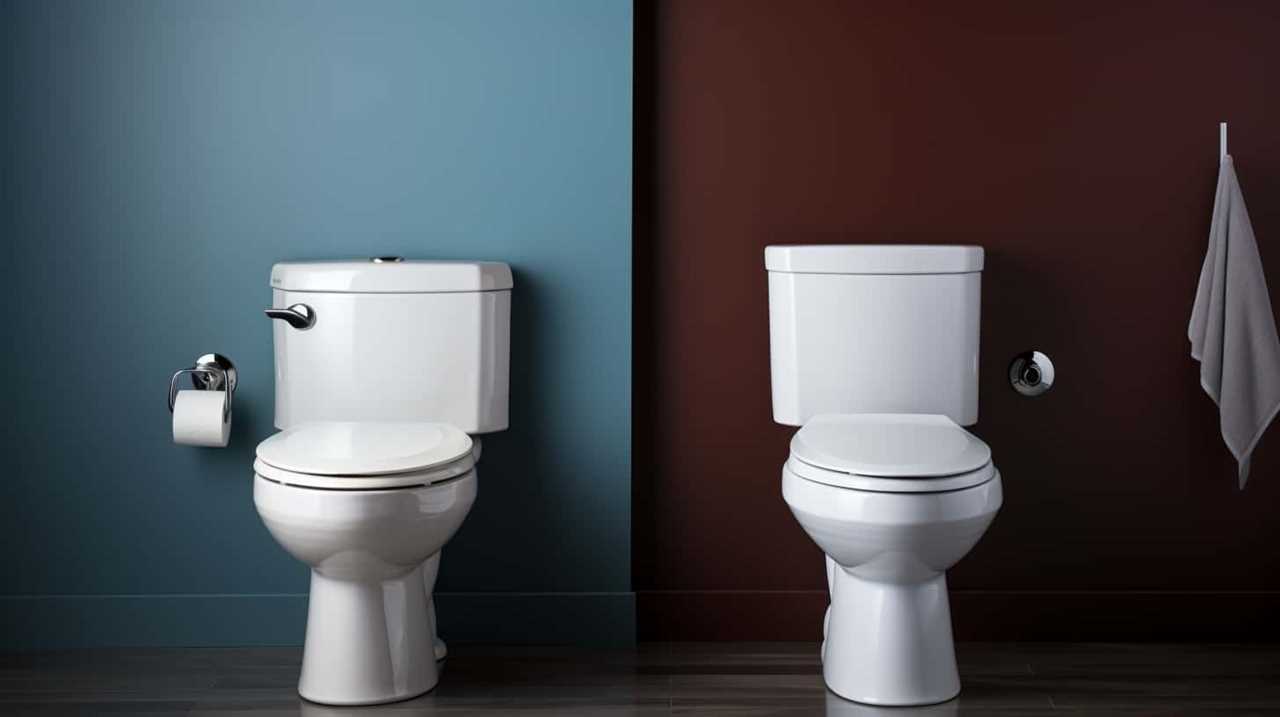
Loose or Damaged Flush Handle
When the flush handle becomes loose or damaged, we may experience water loss in the toilet tank. This can happen due to several reasons, including:
- Loosened handle: Over time, the handle can become loose due to regular use. This can cause the flapper to stay open for longer periods, leading to water continuously flowing into the bowl.
- Worn-out components: The internal components of the flush handle mechanism can wear out or break, preventing the flapper from sealing properly. This can result in water leakage and tank refilling issues.
- Misalignment: If the flush handle isn’t properly aligned with the flush valve, it can cause a partial or incomplete flush, leaving water behind in the tank.
- Corrosion: Corrosion can occur on the flush handle or its connecting parts, causing them to malfunction and resulting in water loss.
To resolve these issues, consider toilet handle repair or troubleshooting the flush handle mechanism for proper functioning.
Water Level Adjustment Issues
To address water level adjustment issues, we need to ensure that the float mechanism is properly calibrated. Water supply problems and improper float adjustment are common causes of a toilet losing water in the tank.
If the water level in the tank is too low, it may indicate that the float is set too low or that there’s an issue with the water supply. To adjust the float, locate the adjustment screw or clip on the float arm and move it up or down to increase or decrease the water level. Make sure to test the water level after each adjustment to ensure it’s within the recommended range.
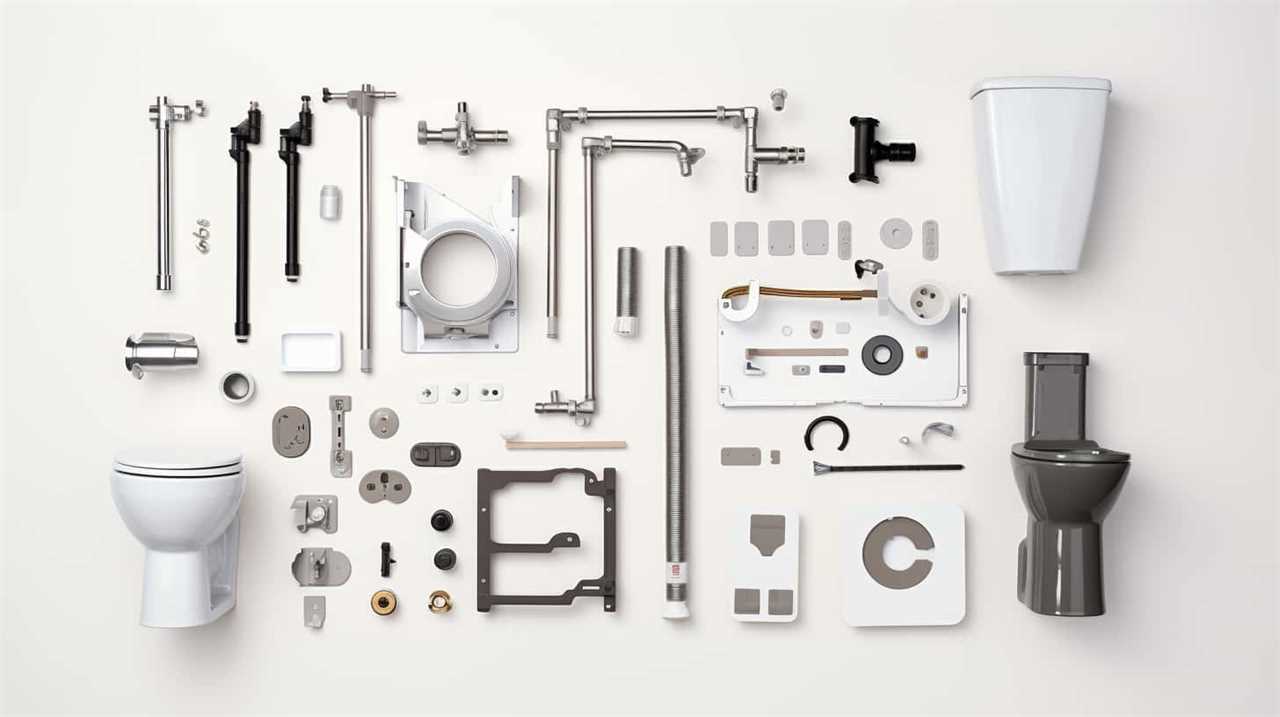
If the water supply is the issue, check the shut-off valve and the fill valve for any obstructions or defects.
Frequently Asked Questions
How Can I Determine if My Toilet’s Flapper Valve Is Faulty?
To determine if your toilet’s flapper valve is faulty, first, remove the tank lid and observe the flushing mechanism. Look for signs of wear, such as cracks or warping. If necessary, perform a toilet flapper replacement. Troubleshooting toilet flapper issues is crucial for proper functioning.
What Are the Common Signs of a Leaking Fill Valve in a Toilet Tank?
Sometimes, our toilet seems to lose water in the tank. It can be frustrating, but troubleshooting tips for a running toilet and steps to replace a fill valve can help solve the issue.
Are There Any Temporary Fixes for a Cracked Toilet Tank Before Replacing It?
There are temporary repairs available for a cracked toilet tank, such as using an epoxy sealant. These solutions can provide a temporary fix until the tank can be replaced.
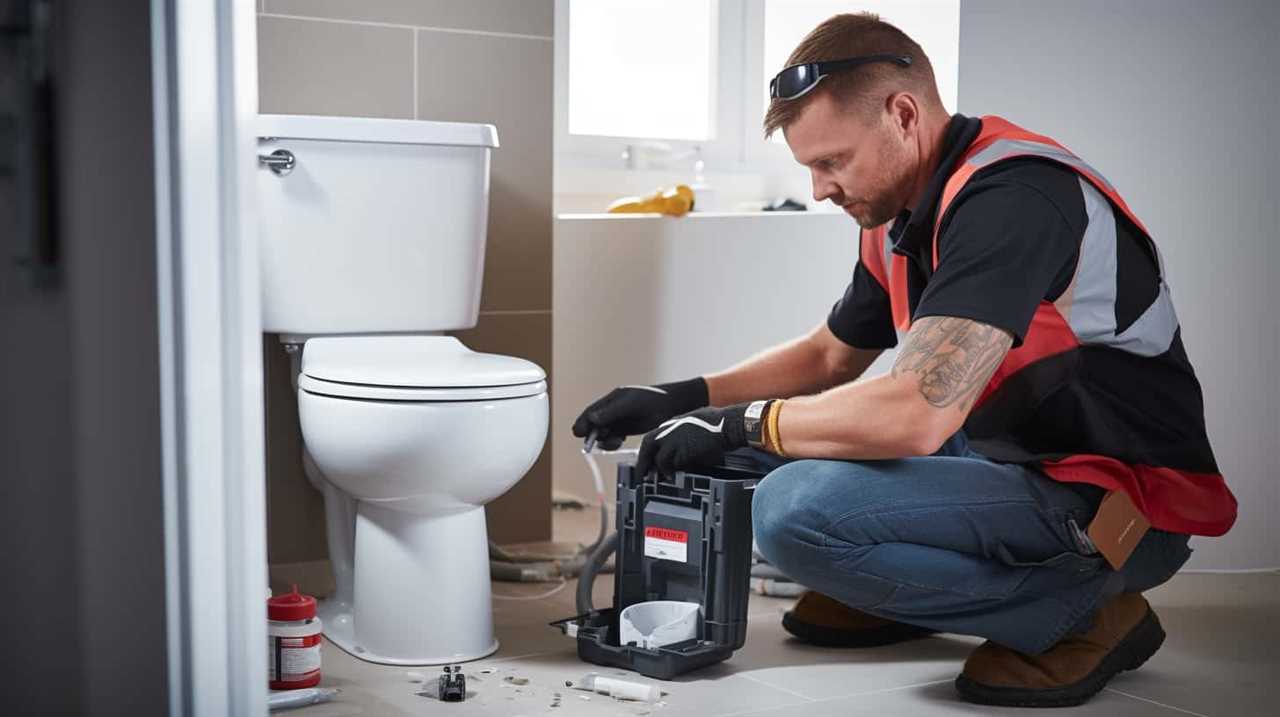
How Can I Fix a Loose or Damaged Flush Handle on My Toilet?
To fix a loose or damaged flush handle on our toilet, we can troubleshoot it by checking for any loose screws or connections. If necessary, we can replace the handle with a new one for proper functioning.
What Are Some Possible Reasons for Water Level Adjustment Issues in a Toilet Tank?
Possible reasons for water level adjustment issues in a toilet tank include a faulty fill valve, a worn-out flapper, or an improperly adjusted float. Troubleshooting tips and possible solutions can help identify and fix these issues.
Conclusion
In conclusion, a toilet losing water in the tank can be attributed to various factors:
- Faulty flapper valve
- Leaking fill valve
- Cracked toilet tank
- Loose or damaged flush handle
- Water level adjustment issues
It’s crucial to address these issues promptly to prevent water wastage and potential damage to the toilet.
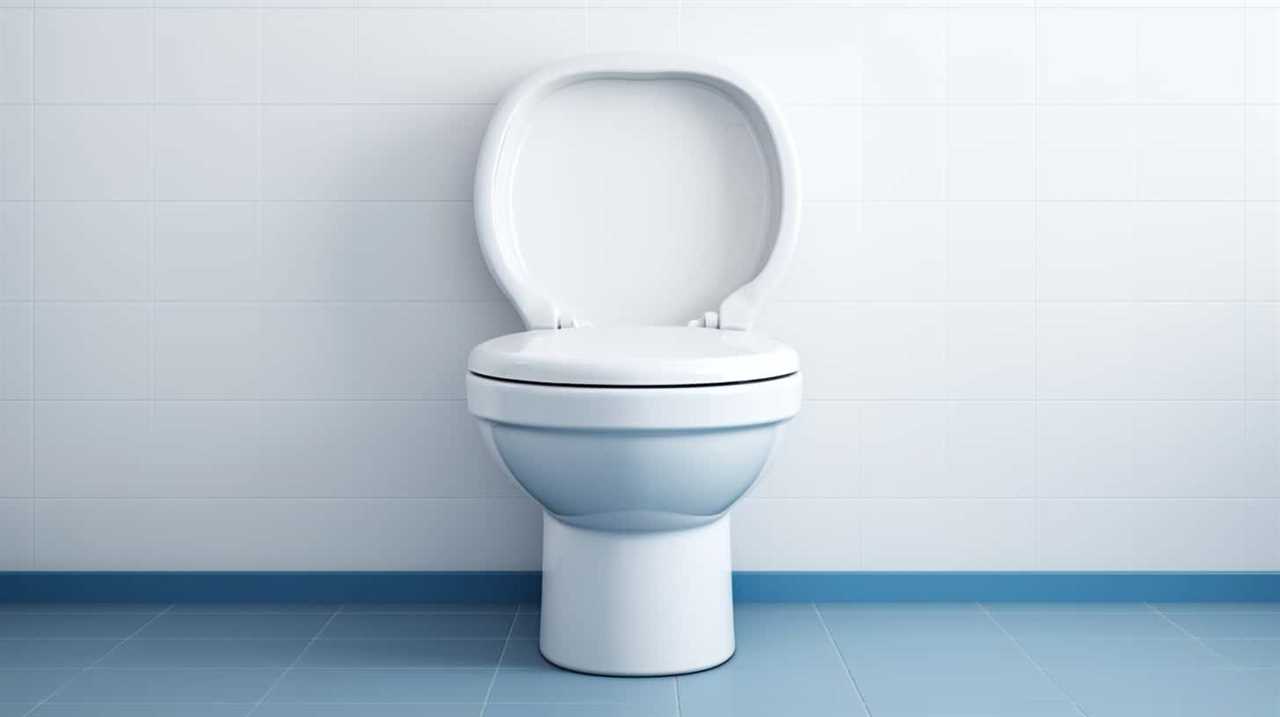
Just like a leaky faucet can cause a steady drip, a toilet losing water can lead to continuous water flow, highlighting the importance of timely repairs.
